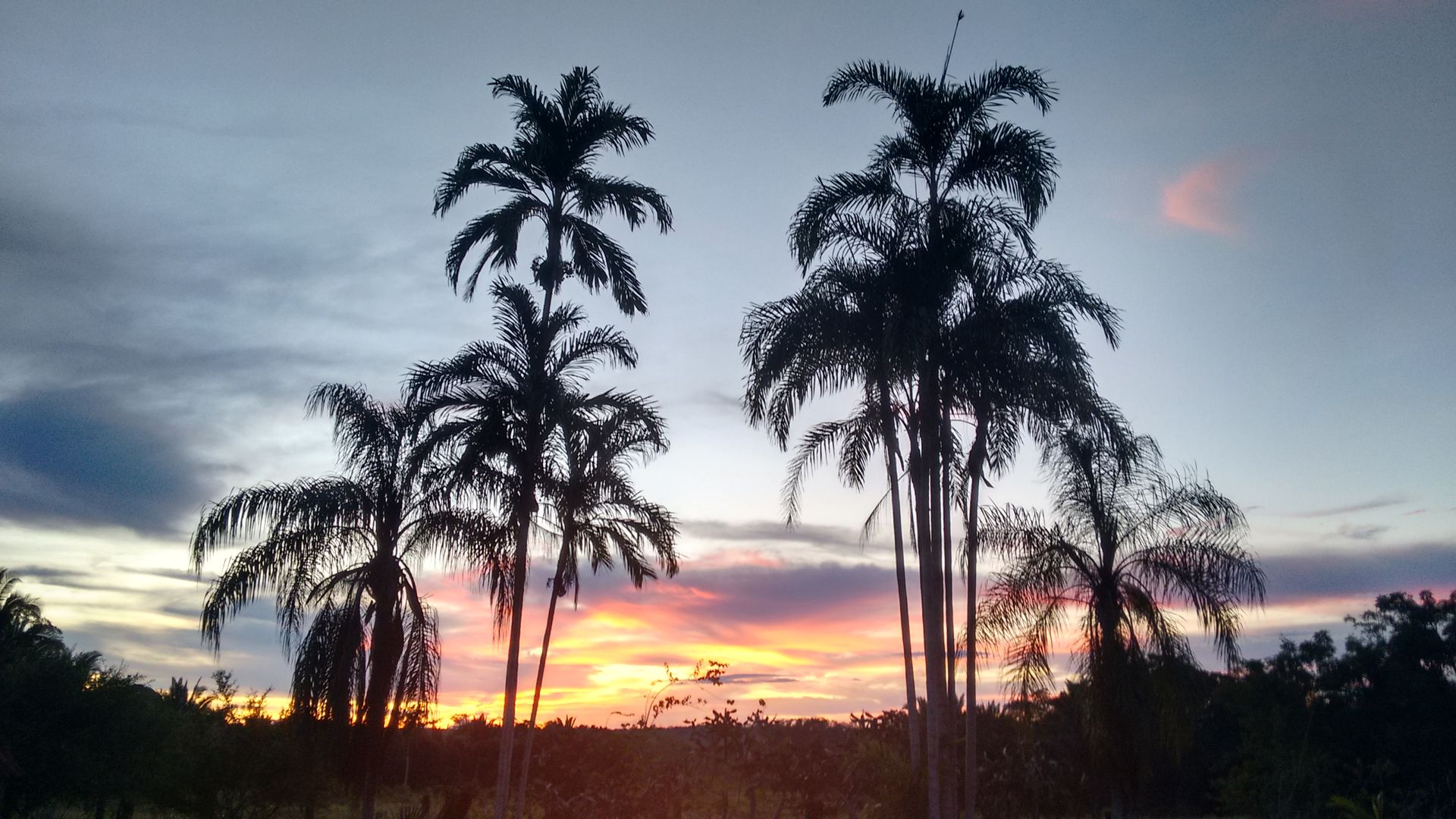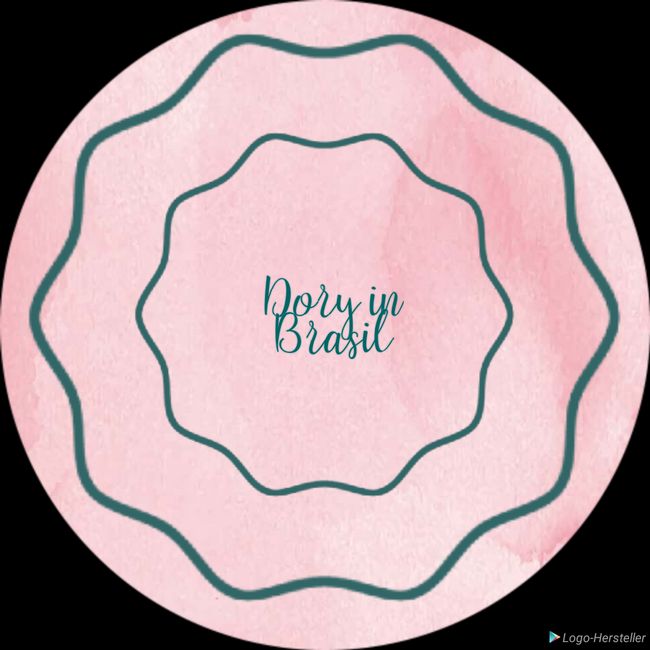São Paulo, the city of many cultures
પ્રકાશિત: 10.02.2018
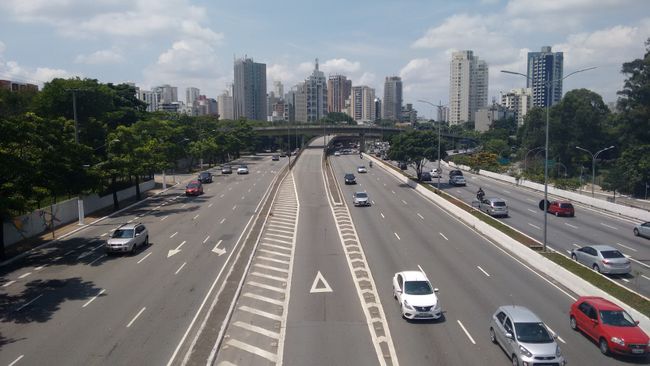
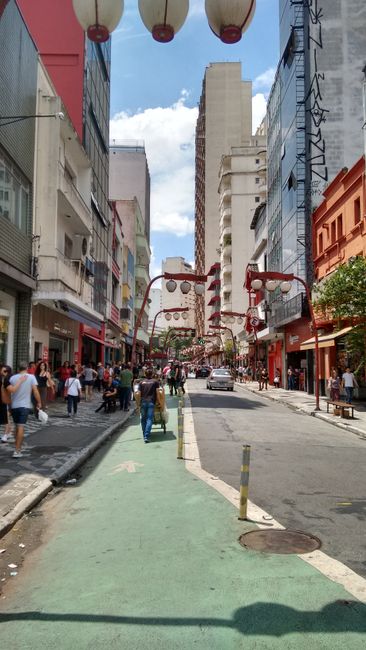
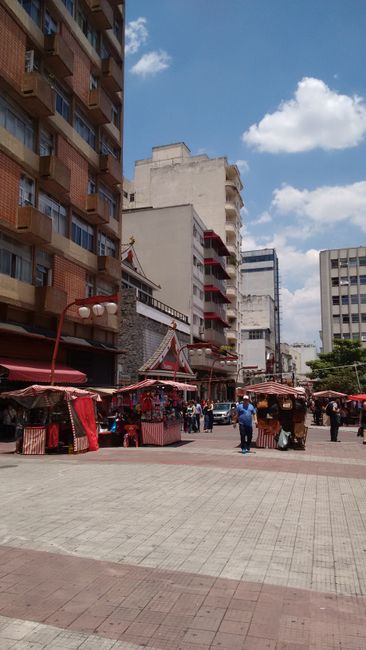
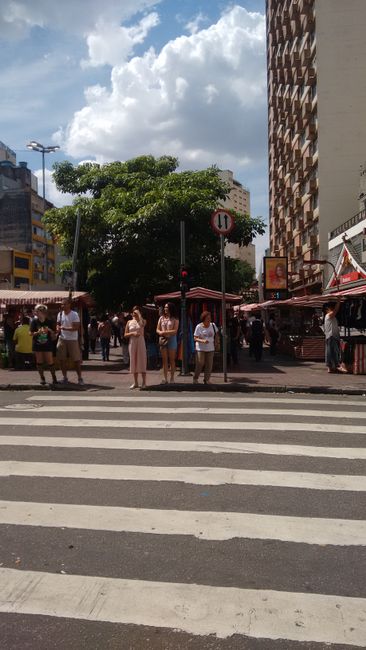
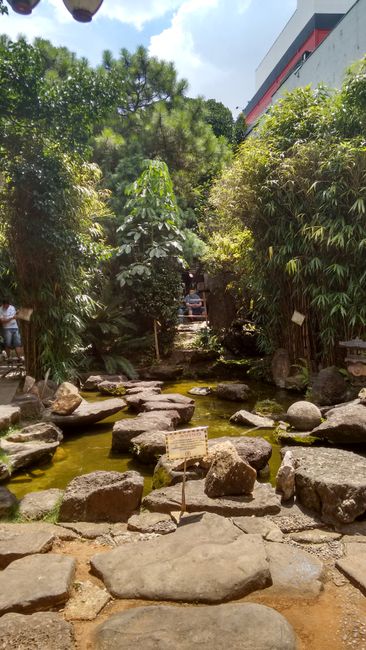
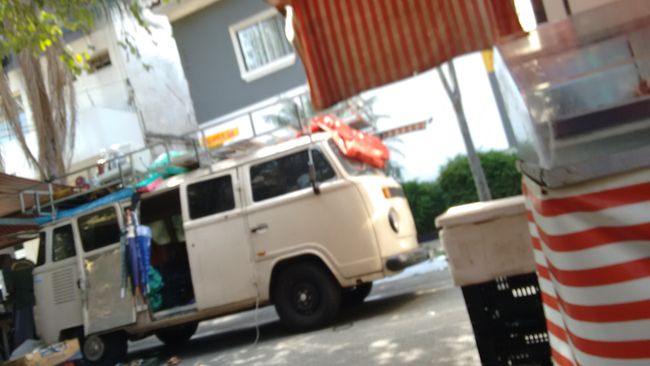
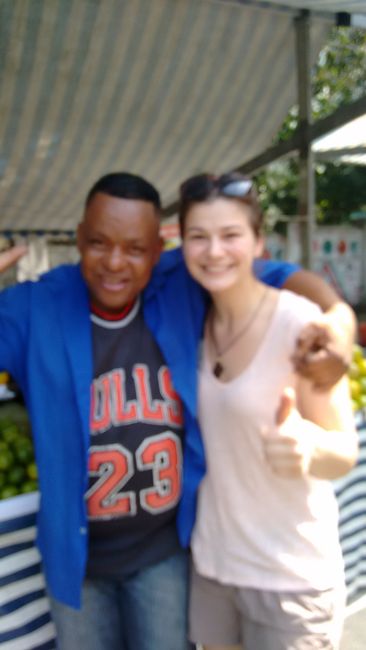
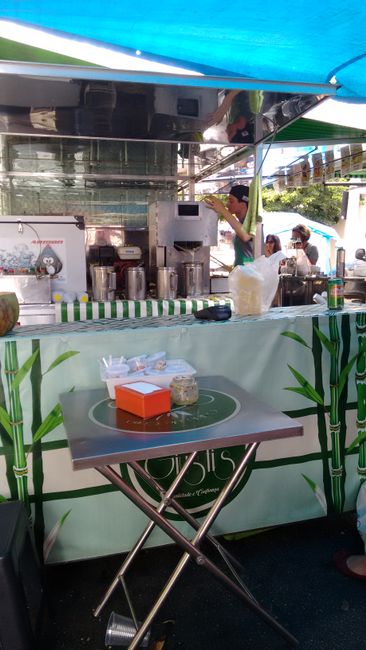
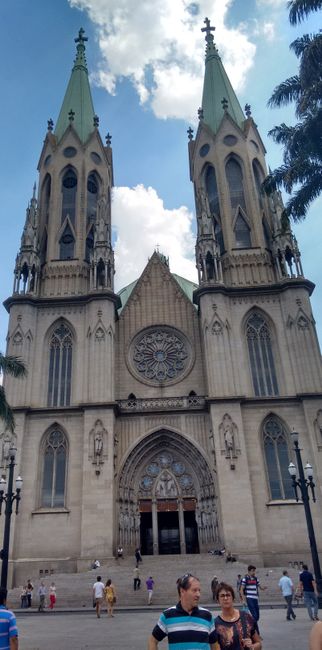
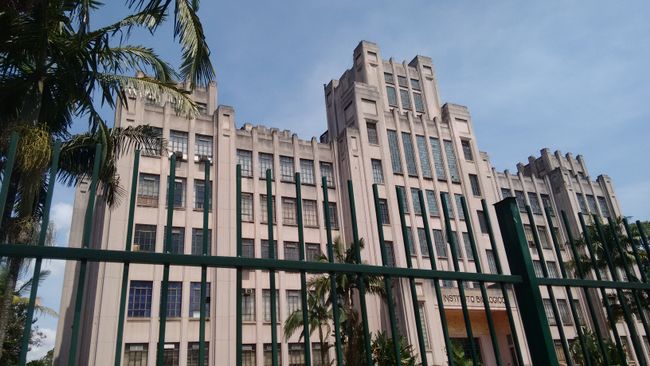
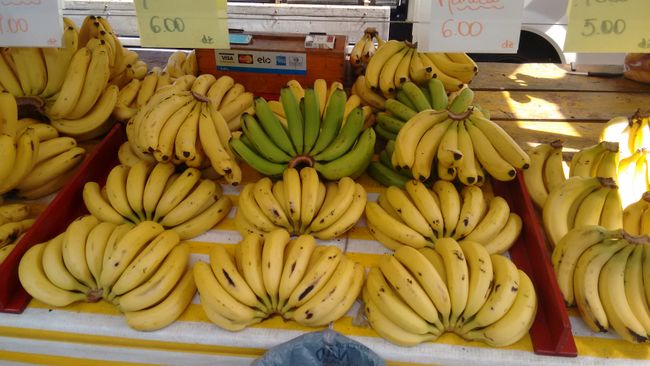
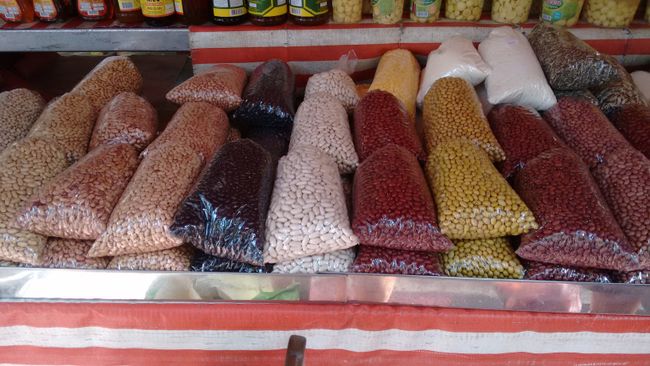
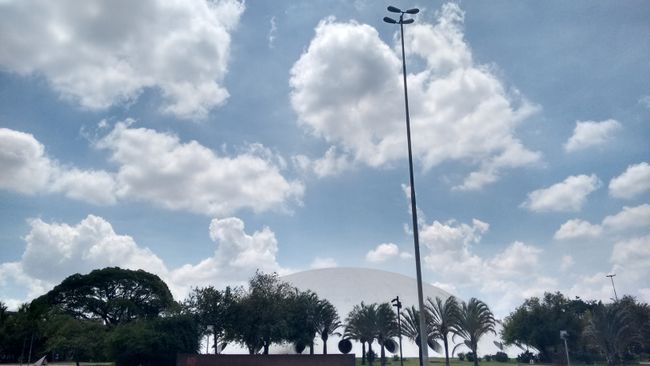
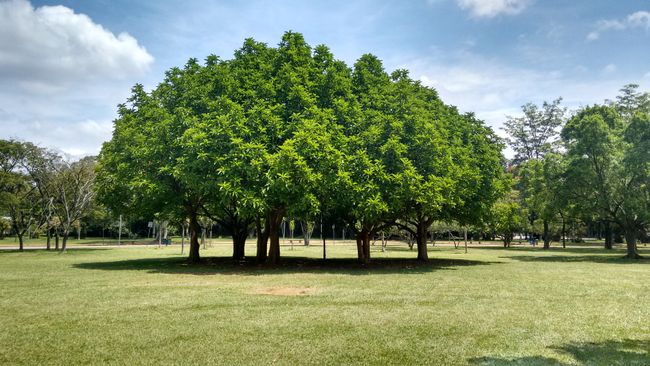
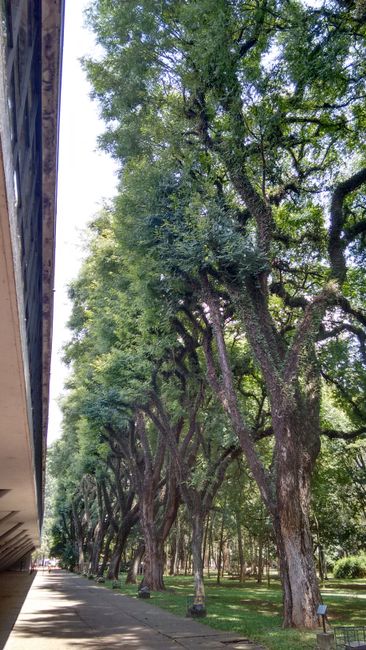
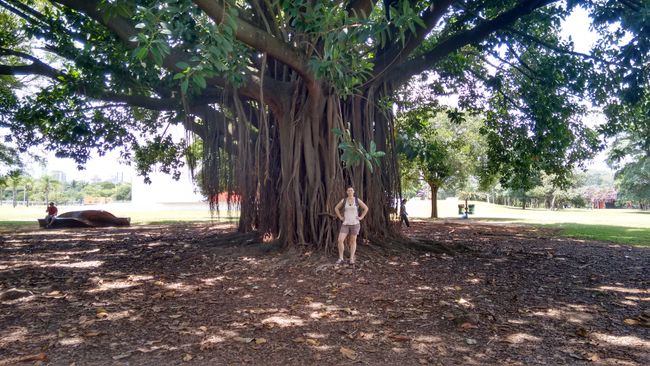
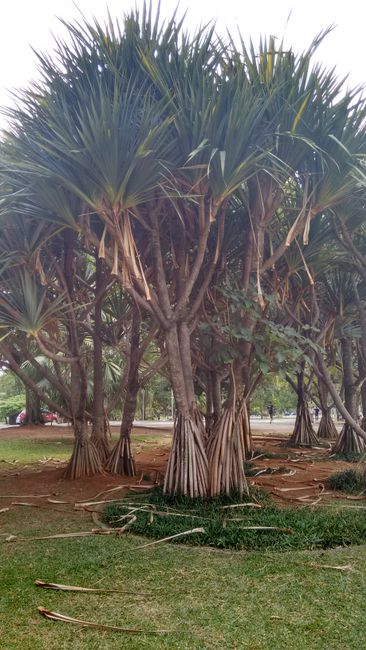
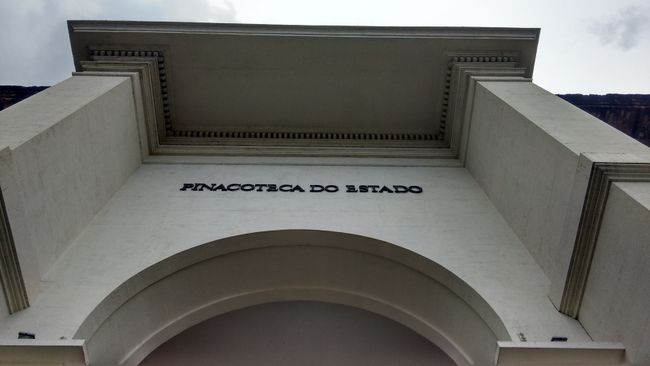
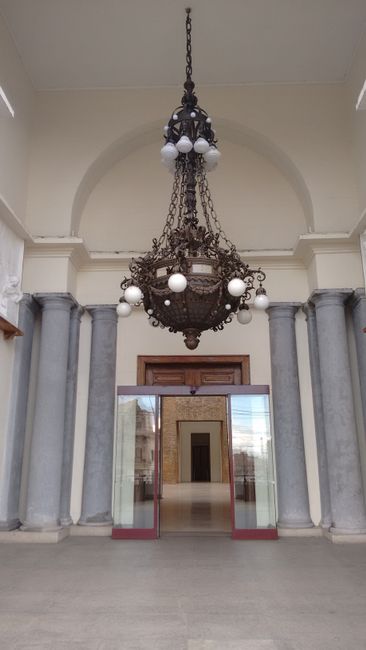
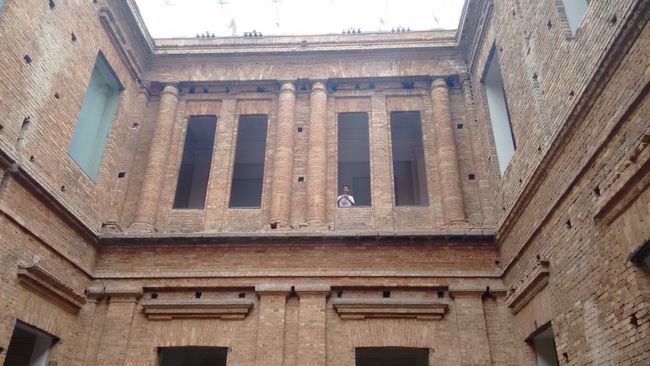
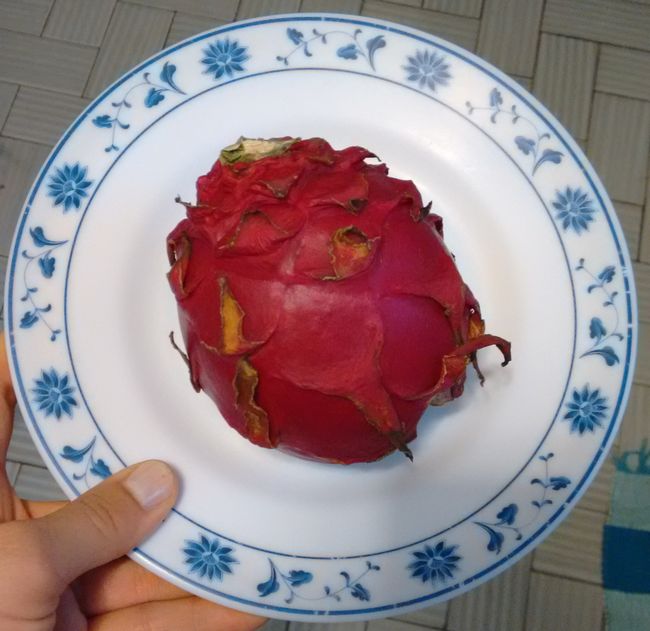
ન્યૂઝલેટર પર સબ્સ્ક્રાઇબ કરો
For the past 3 days, I have been exploring São Paulo, the largest city in Brazil, and learning about the Brazilians, their sweets, and their culture.
During the past 3 days, I have been walking a lot around the city, visiting museums, and exploring the large city park.
For the past 3 days, the temperature has been around 37°C or even hotter, it has hardly rained, and I have been bitten by various mosquitoes :-)
Brazil can be roughly divided into 3 ethnic groups:
1/3 Indigenous people, the original inhabitants
1/3 white Europeans, mainly Portuguese and Italians, who sailed here as colonial rulers
1/3 dark-skinned Africans, who were brought here as slaves
But let's start from the beginning:
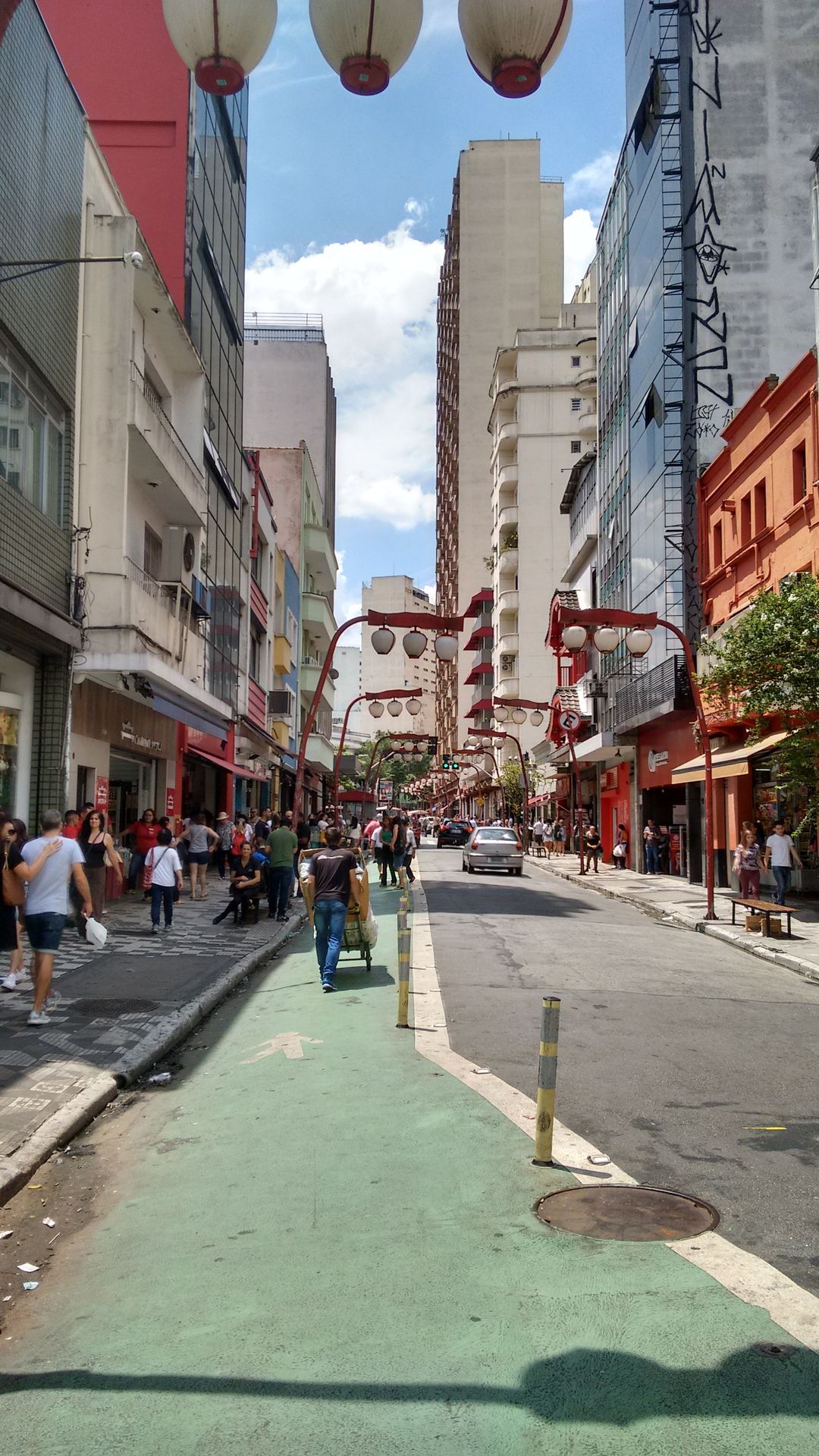
On Friday, I spent time with my cousin Sári (20) exploring São Paulo and discovering interesting things. One of our destinations was Liberdade, the Japanese district, which is easily accessible by metro. When we got off the metro, we found ourselves in the middle of a small market where mostly Japanese women and men were selling various goods. They had everything from kimonos and fans to glass necklaces and washcloths :-)

You could already tell from the red traffic light and the streetlights that you were in the Japanese district. We visited some of the nearly 1000 shops that offered everything imaginable from Japan.
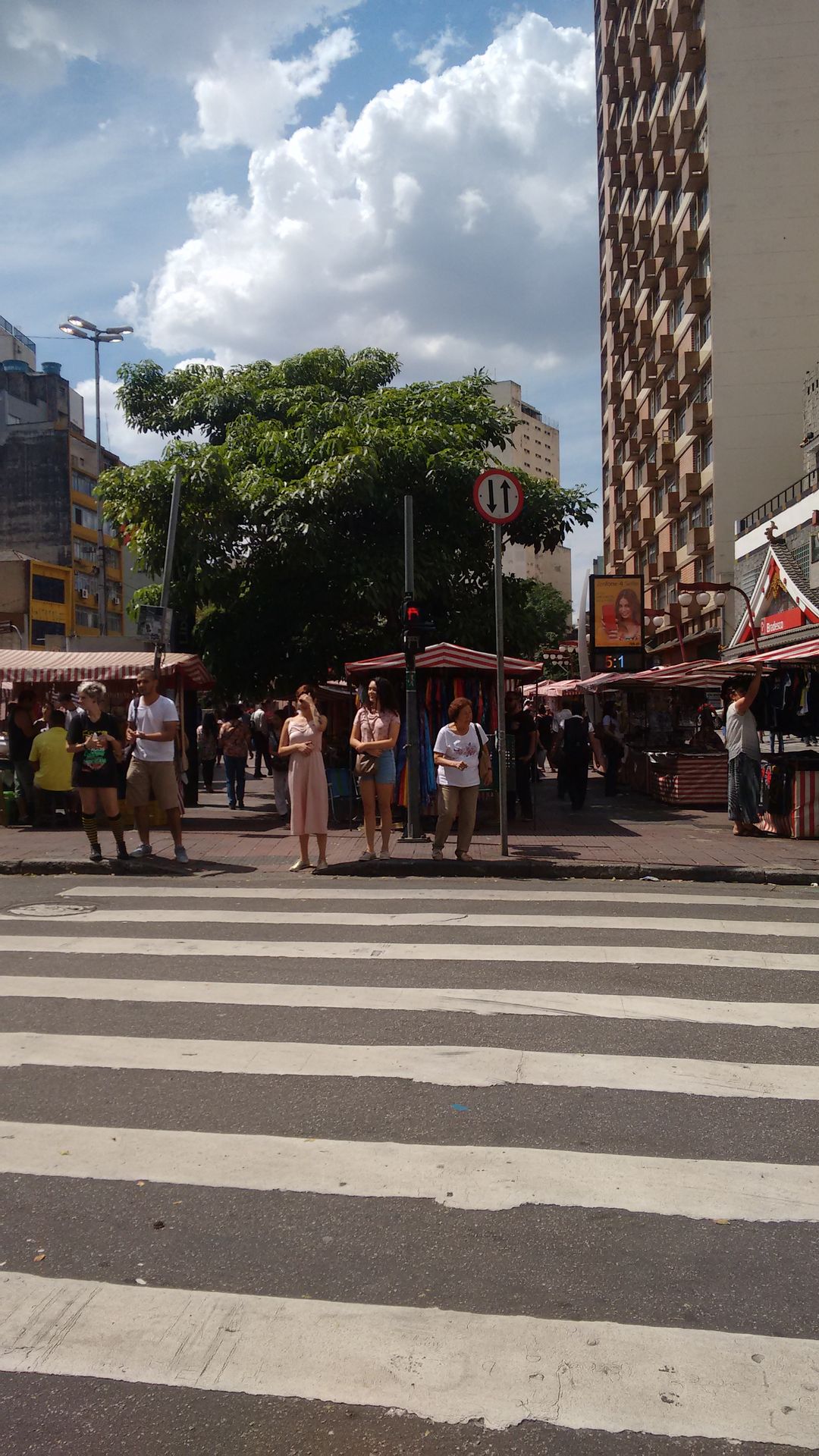
Afterwards, we went to a cafe and had probably the most delicious coffee I have ever had in my life. It was prepared by a Brazilian man (he was actually the only one not of Japanese descent) who patiently brewed the coffee using a special filter. It was extremely impressive!
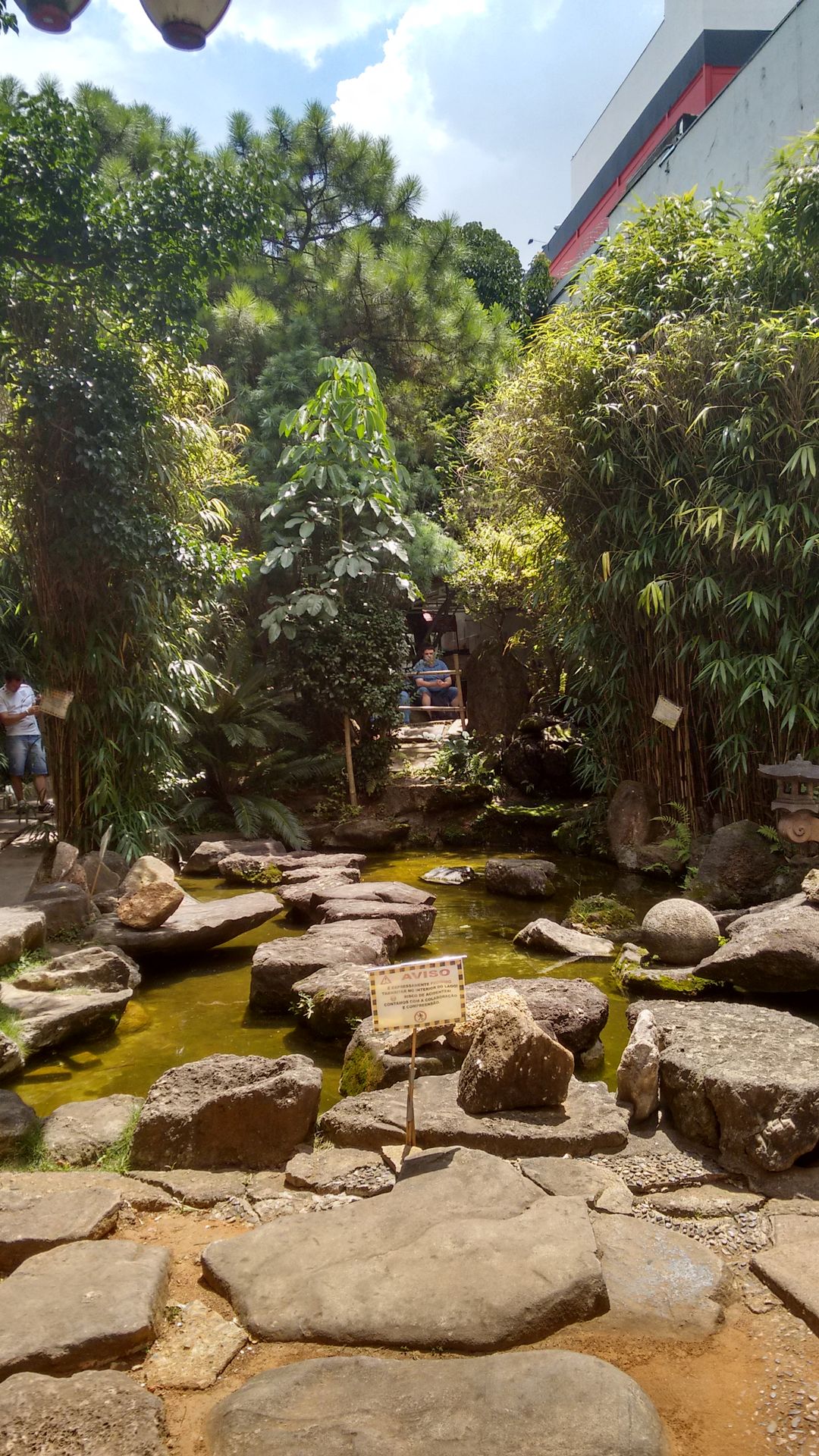
After visiting the Japanese garden, we walked towards the old town, where we stopped at the São Paulo Cathedral in the main square. The square is beautifully surrounded by large pine trees, but at the same time, it is also a meeting point for the poor, beggars, drug addicts, and criminals. Unfortunately, that was the first time we felt really uncomfortable and unsafe, so we quickly took the metro back home at Sé.
On that afternoon, I added a pitaya (dragon fruit) to my collection of fruits. I tried the carambola and I have to say that it tastes like a gooseberry without thorns, slightly sour and very juicy.
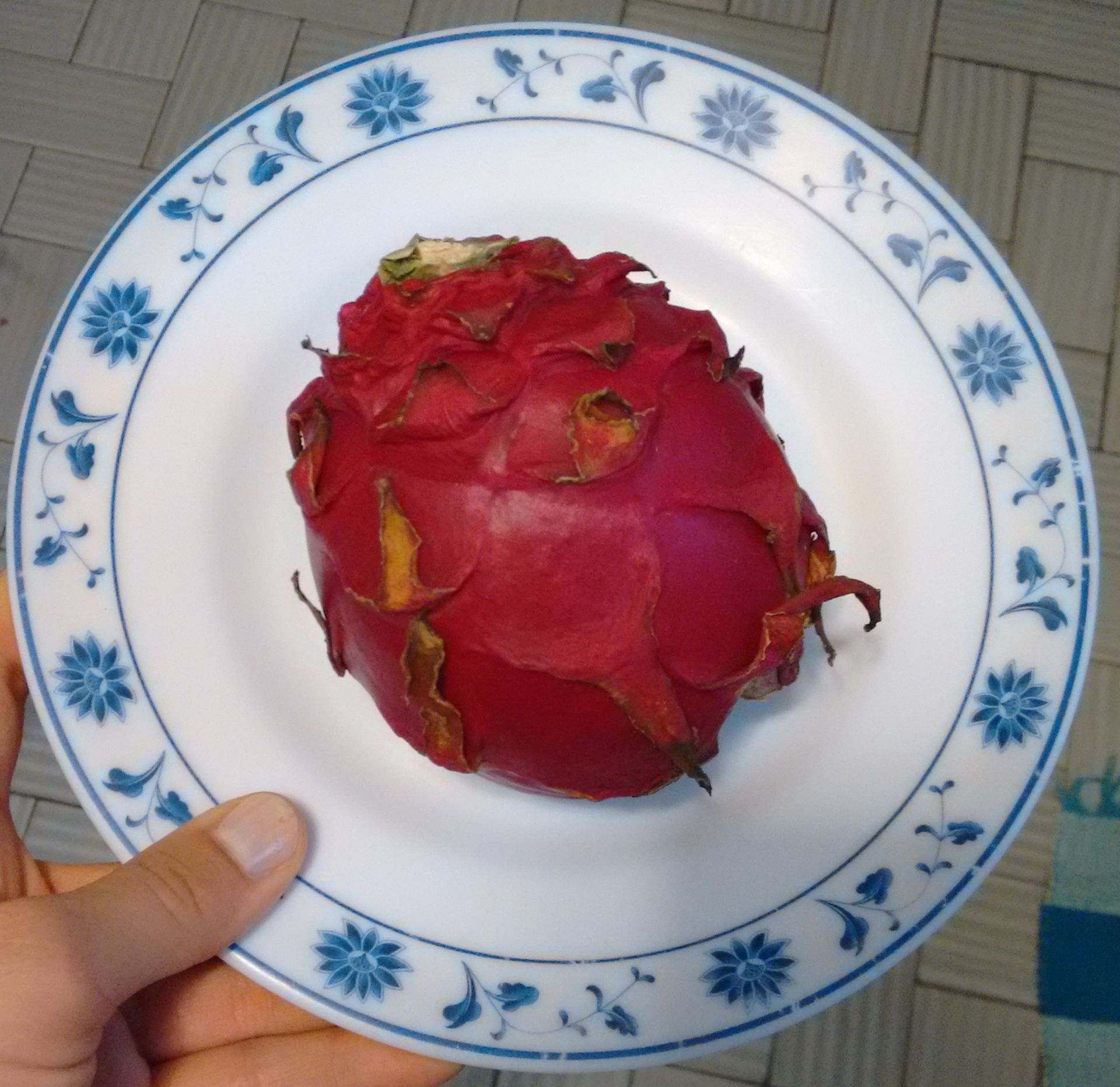
On Saturday, Sári and I went to the market and met Alfredo there. Alfredo immediately noticed that I am from Germany, greeted me with 'Good morning,' and cheerfully offered me all kinds of fruits. We tasted various types of oranges, tangerines, and pineapples and took a blurry but still one of my most beautiful memories photo at the end.

From the market, we walked past the Institute Biologica São Paulo, which is housed in an impressive building, as you can see here.

Then we continued to the large city park, the green lung of São Paulo, Parquie de Ibirapuera (the name comes from the indigenous language and roughly translates to 'The old trees'), where our main goal was to visit the Afro Brazil Museum.
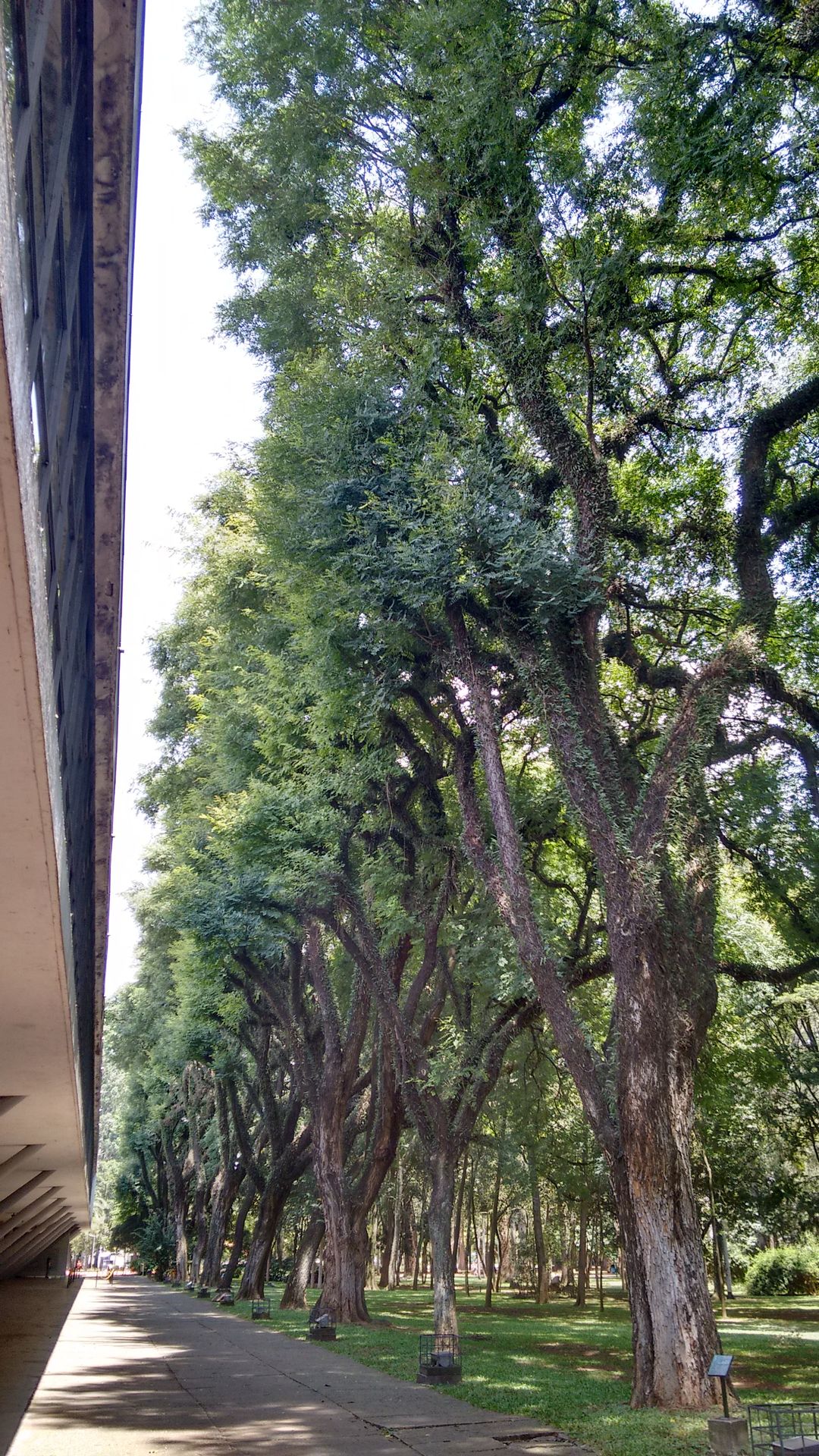
The Afro Brazil Museum showcases art and objects related to African culture in Brazil. The most special part was the statues of saints, which are dark-skinned like about 30% of the population here, instead of being white like in our culture.

In the park, we took a long walk and encountered more and more people in costumes and carnival fans who were flocking to Ibirapuera. Since I'm not really the party type, we quickly walked back home towards Villa Marianna.
Today, I visited the Pinacoteca with Sári and Júlia, the most beautiful art museum I have ever been to. Its architecture is simple yet stunning, and it houses a collection of both old and new art! On the way back, we got caught up in the carnival fans again, as the metro was bursting with people and the air in the stations was filled with sweat, alcohol, and body odors.
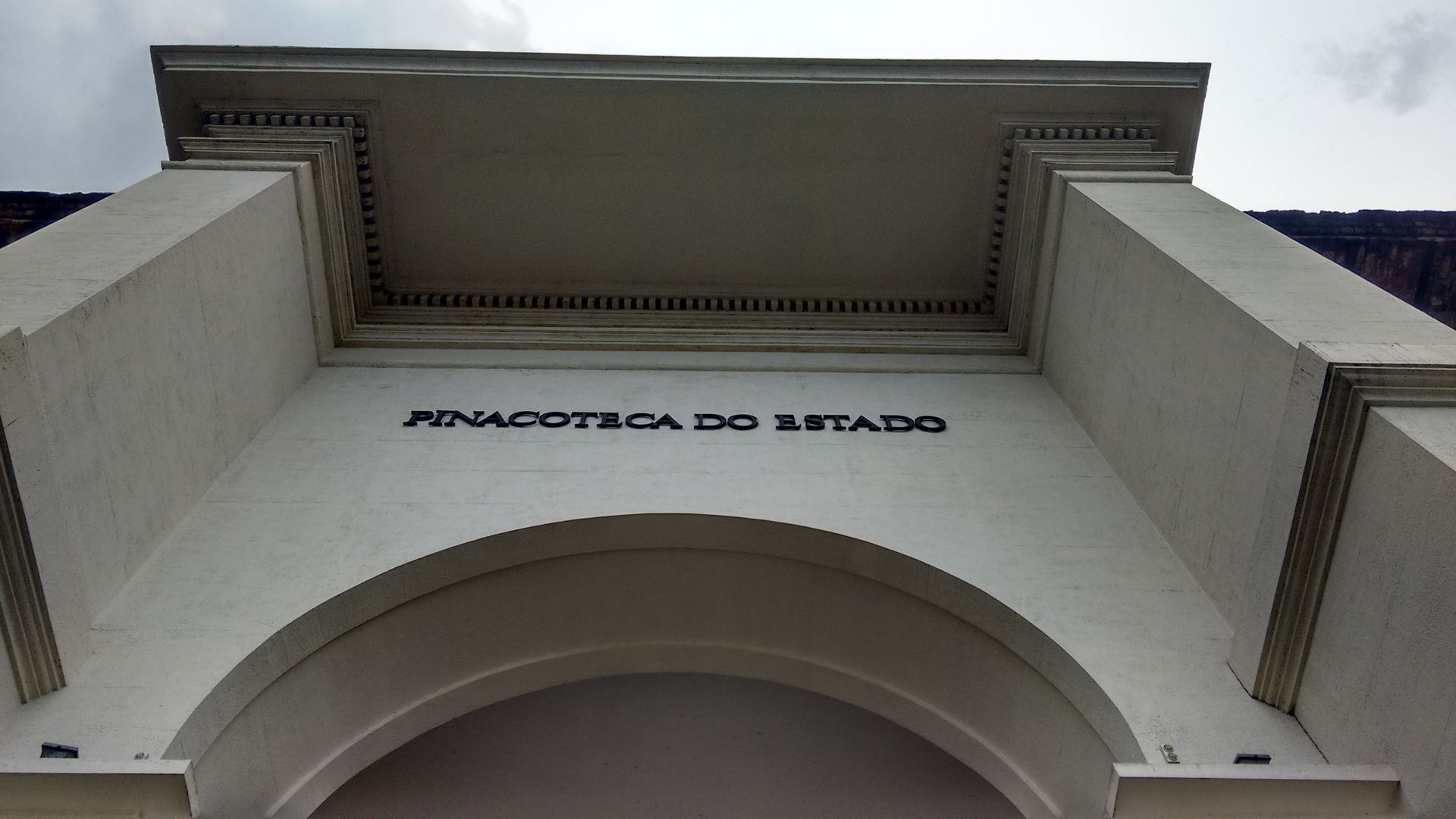
When you look around in the metro, you can see people of different skin colors, facial features, and obvious nationalities. Everyone here celebrates carnival together, regardless of how they look, who their parents are, and which neighborhood they live in. It's impressive!
ન્યૂઝલેટર પર સબ્સ્ક્રાઇબ કરો
જવાબ આપો
